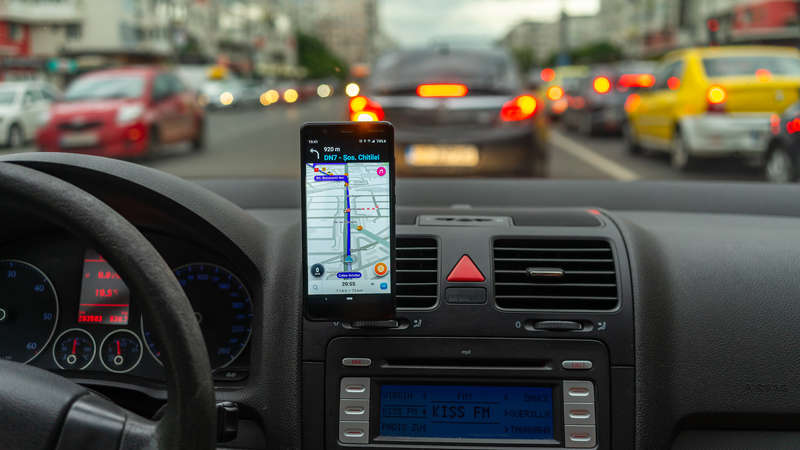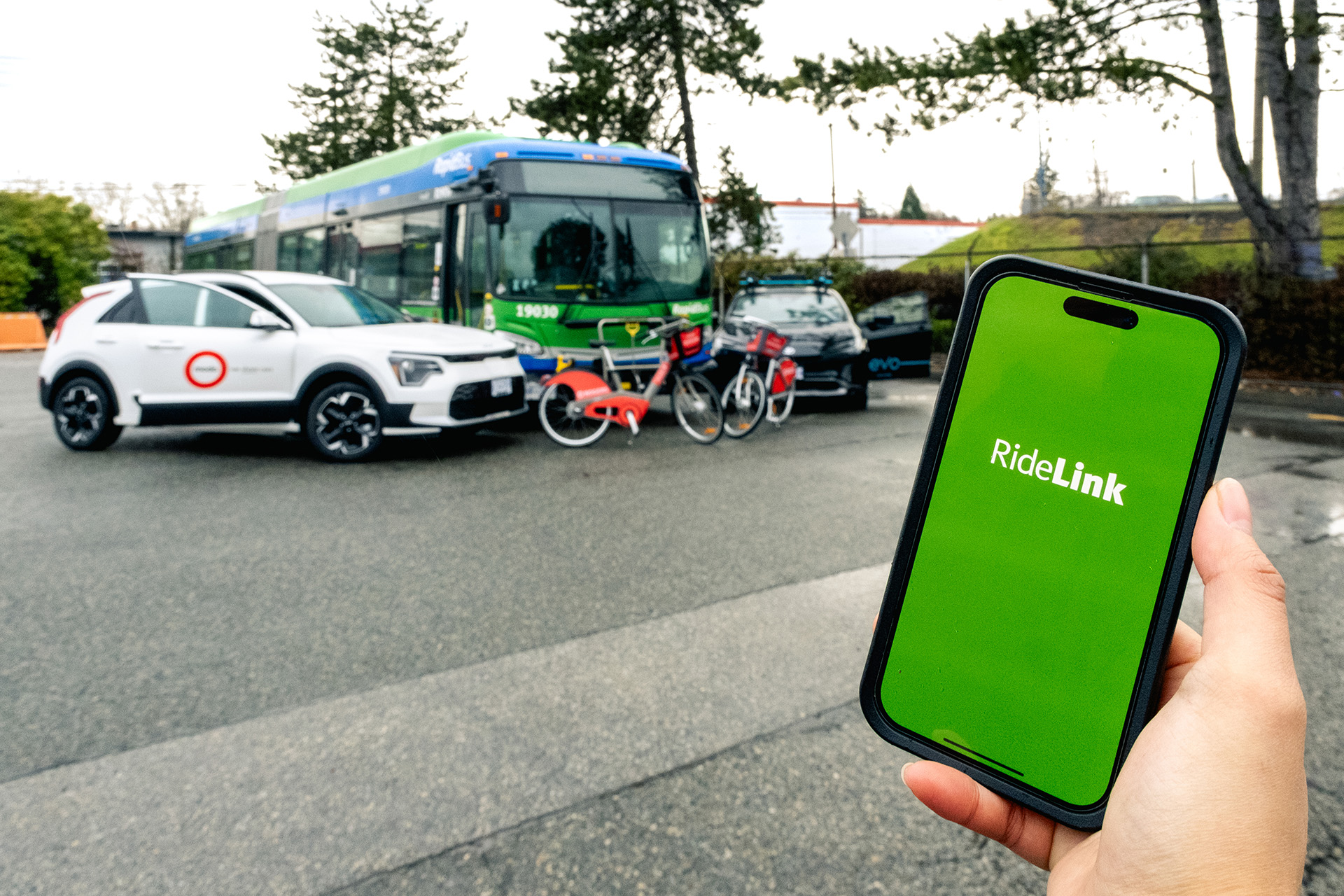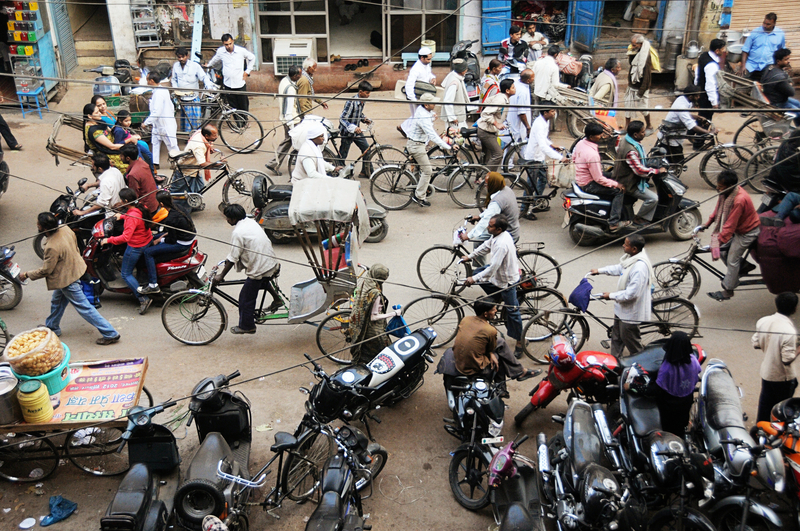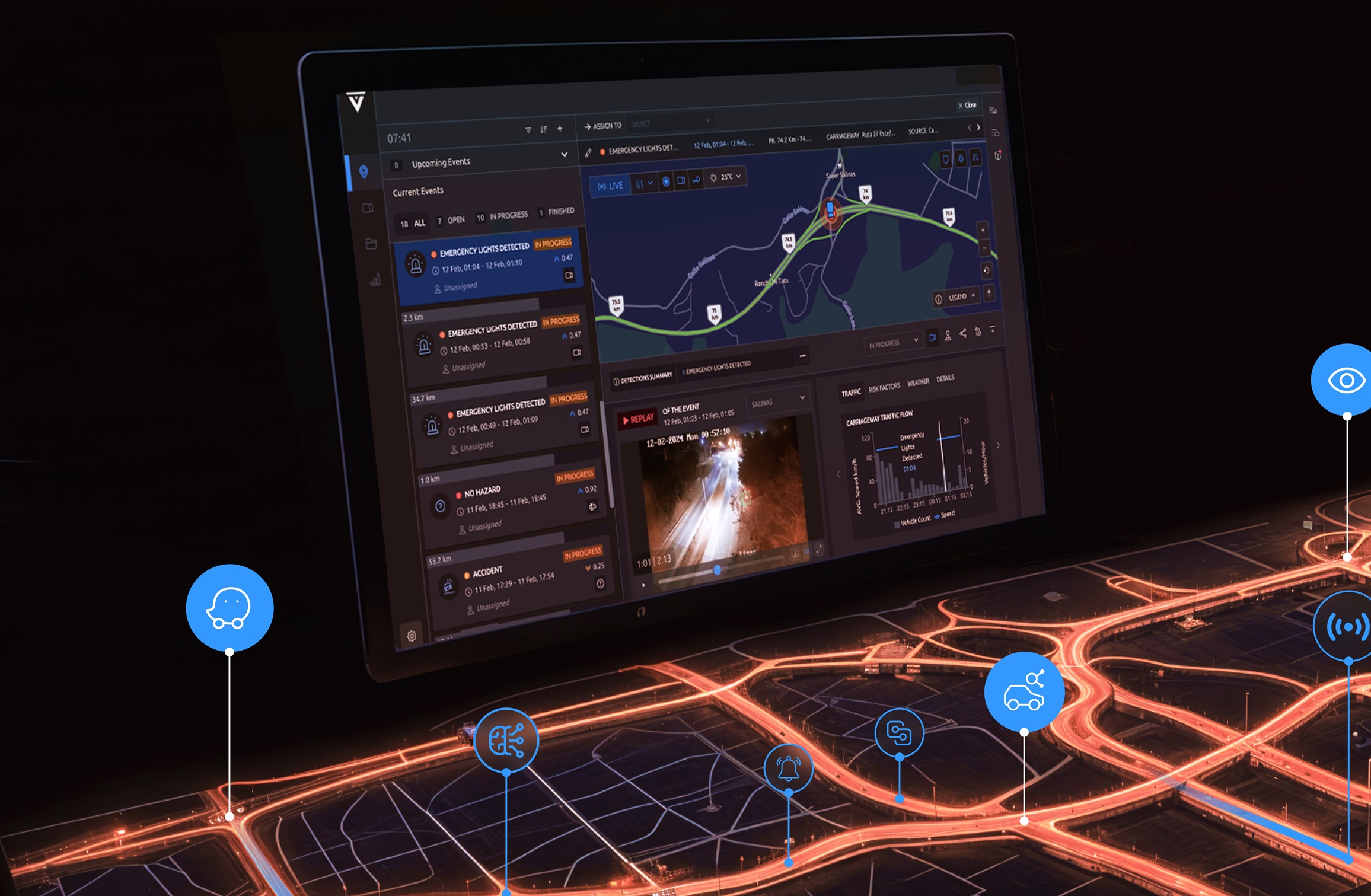
What needs to happen for the traffic management sector to transition from being a reactive to proactive industry? And what part in the process does Data Fusion play?
There are numerous films, books and TV shows where the main character, or protagonist, is presented with the opportunity to change the course of history by tweaking the parameters of a single event. The 1985 Holywood blockbuster Back To The Future is a prime example.
Teenager Marty McFly is accidentally sent back to 1955 where he inadvertently prevents his future parents from falling in love with each other, therefore threatening his own existence. It’s an intriguing premise – would you travel back through time in order to slightly alter something that would have ramifications (presumably positive) for your future self? And, more to the point, how is this relevant to the Intelligent Transport Systems sector?
The relevance is firmly rooted in the theory of being able to predict the near future and have the ability to make the necessary amendments in order to change the course of events.
Applied to transportation, it is about subtly nudging the traffic management industry to change its approach. So, instead of dealing with incidents that have already happened, take appropriate measures to change the course of events and prevent those incidents from happening. In other words, it is about changing the approach to road management from reactive to proactive.
In theory, this looks and sounds like a fantastic idea, but how do you actually make this transition?
It’s no secret that data is key to many things, but can it help in the complex real-time scenarios, such as road traffic operations? The answer is yes, it can. At the heart of this shift in perspective is the advent of Data Fusion, a process of deep, complex analysis of very large road traffic-related data sets, that not only brings all the disparate traffic data layers together, it actually brings all data under a common denominator in order for the data to be analysed efficiently.
Visualisation: the key to it all
So, how do you actually see the benefits of Data Fusion in road operations and what exactly can it do for you?
First of all, visualisation of the fused road traffic data in a single view is a powerful tool that gives road traffic authorities an instantly understandable snapshot of highly relevant and actionable information in real time. This information tells you what is going on on your road and tells your where dangerous spots are at that given moment.
Taking this a level up, Data Fusion can give you real-time insights into how your entire operations are performing, whilst historically the analysis of operational efficiency is something that had to be undertaken retrospectively.
"Visualisation of the fused road traffic data in a single view is a powerful tool that gives road traffic
authorities an instantly understandable ‘snapshot’ of highly relevant and actionable information in real time"
Until today, looking at operational data in real time and understanding which part of your organisation requires most attention, what is your average response time right now, what are the most frequent incidents taking place in your network today or this week, has been a challenge. The reason is that within traffic authorities, different departments - as is the case in many other organisations - work with and store data that is relevant for them. This means that road operators have various disparate data that is rarely fully synced across the entire organisation.
Game, set & match
So, what if we took that one stage further to the point where we have real-time data in order to make real-time decisions and it's not only for traffic management, it's for the entire operations? With real-time data literally at the fingertips of the TMC operatives and company executives, proactive road and traffic management is a reality and not a plot point that was edited out of Back To The Future for being too unrealistic. It’s not a huge stretch to suggest that proactive traffic management, in which accidents and crashes are actively prevented from happening, is a technological development that will save the lives of thousands of people.

Multiple sources
Lanternn by Valerann is an AI cloud-based data fusion engine that uses a suite of algorithms that ingests, processes and de-noises data from all available road traffic-related sources, taking it from infrastructure, such as radars, cameras, loops and sensors and complements it with data from floating data sources (such as connected vehicles and crowd-sourced applications) plus historical and weather data. The fused data provides 100% monitoring coverage of the road, eliminating blind spots and thus providing more certainty for road network operators. This in turn leads to greater understanding of the road traffic situation, less ambiguity, better resolution and, in an ideal world, fewer delays.
Hardware- and software-agnostic, it seamlessly integrates with the existing road infrastructure and provides road traffic operators with a comprehensive overview of the real-time traffic situation, empowering them to take data-driven decisions.
Through cross-validation, verification and prioritisation of the events, the platform builds roads’ risk profiles and delivers an accurate, comprehensive and real-time overview, enabling road operators to have better situational awareness, reduce human error, increase road safety and reduce CO2 emissions and pollution.
“The analytics module tells you in real time what are your most frequent incidents per week, per day, per month and per year,” explains Valerann’s founder and CEO, Gabriel Jacobson. “This is dynamic information, it's not based on what happened in the past, it is in real time. It shows the efficiency of your response fleet, informs you how much time it takes for your Traffic Management Centre to open and begin resolving the incident, so you know if you have vital information, such as you are understaffed or, of course, if your level of human resources in the control centre is adequate.
"This is dynamic information, it's not based on what happened in the past. It shows the efficiency of your response fleet and informs you how much time it takes for your Traffic Management Centre to begin resolving the incident"
"With this level of detail you can correct your performance on the fly. Every organisation’s resources are overstretched or on the verge of it, and response times are longer than you would want them to be. With proactive management and real-time decision making you are ahead of the curve.”
Welcome to the golden hour
The golden hour is the period between a traumatic impact, such as a traffic accident, and the arrival of medical assistance. During this time there is a significantly higher chance of lives being saved. Within the realms and remit of proactive management, traffic operators are looking to reduce this window of post-traumatic opportunity to the golden minute.
If operators have ultimate confidence in the quality of information they gather it means they can be equally confident in the decisions they're making based on that data, meaning that the ultimate goal of the golden minute is not an unachievable pipedream.
“We are working in a mission-critical industry where the margin for error is next to nothing because lives are at stake. We need to be absolutely certain that the decisions we make on the fly are right,” adds Jacobson.
"We are working in a mission-critical industry where the margin for error is next to nothing because lives are at stake. We need to be absolutely certain that the decisions we make on the fly are right"
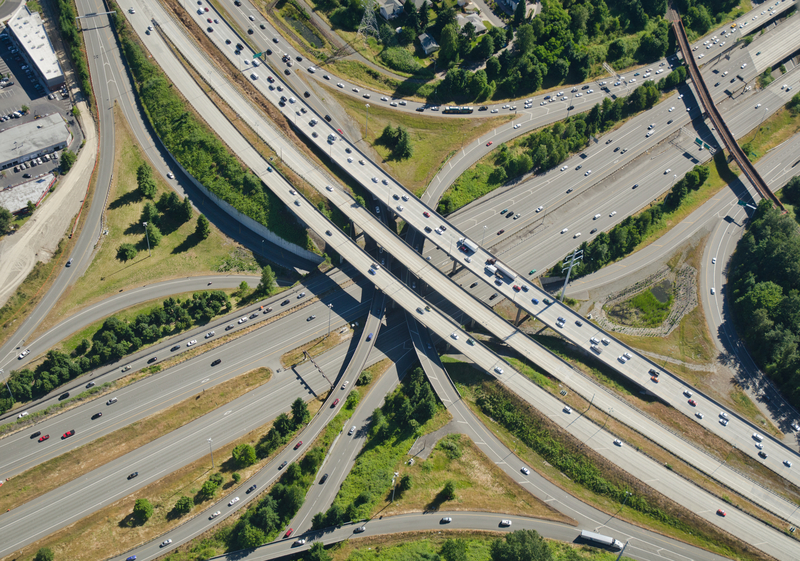
Some great reward
Valerann’s dedication to the cause was rewarded in April when Lanternn by Valerann won the Intertraffic Amsterdam 2024 Inspiration Award. The international jury felt it to be one of the most versatile and usable innovations ever seen, saying: ‘It takes familiar concepts in traffic optimisation and delivers them in such a highly accurate way, that it enables a new level of real-time reactions that the jury believes it will inspire urban mobility management for years to come.’
“By leveraging our technology, we aim to bring a new dimension of intelligence and efficiency to the road network,” says Valerann’s Jacobson. “It’s not just about enhancing road safety and incident response, it’s about setting a new standard for ITS by enabling proactive road management. The far-reaching impact of this is in reducing barriers for road operators and municipalities to benefit from deploying these life-saving systems.”
"By fusing previously disparate data sources, road operators are presented with a proactive, rather than reactive, answer to every question about an event or incident"
Fusing different sources and different types of information together allows for the disparate elements that lead to the ‘birth’ of a traffic incident to be pieced together to create a single, clear, actionable picture. The impact of the accident can also be accurately pinpointed - for example which carriageway is predominantly affected. The structural basis and chronological history of a traffic incident are the building blocks of a powerful story.
By fusing previously disparate data sources, road operators are presented with a proactive, rather than reactive, answer to every conceivable question about an event or incident. It’s the nearest that authorities can come to going back in time and altering the course of history.
Perhaps this is a case of going back to the present?
Content produced in association with Valerann



